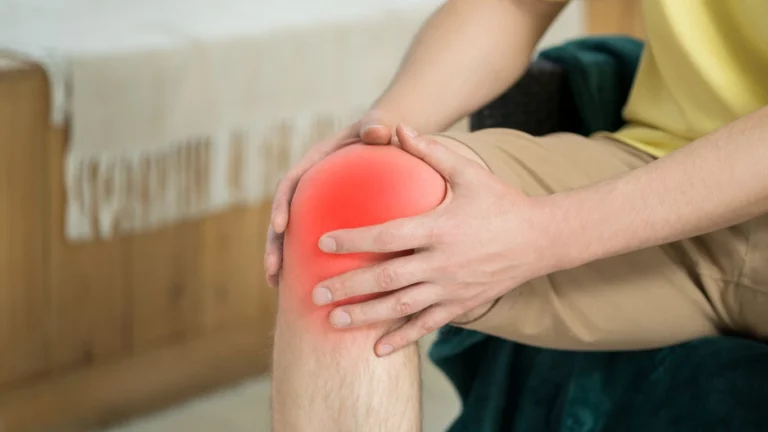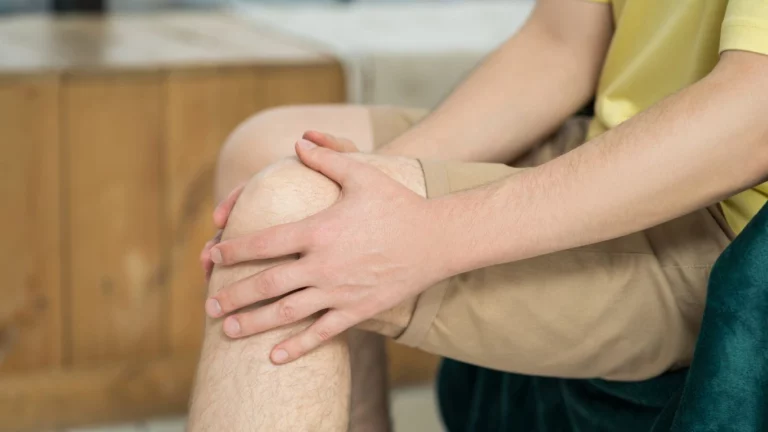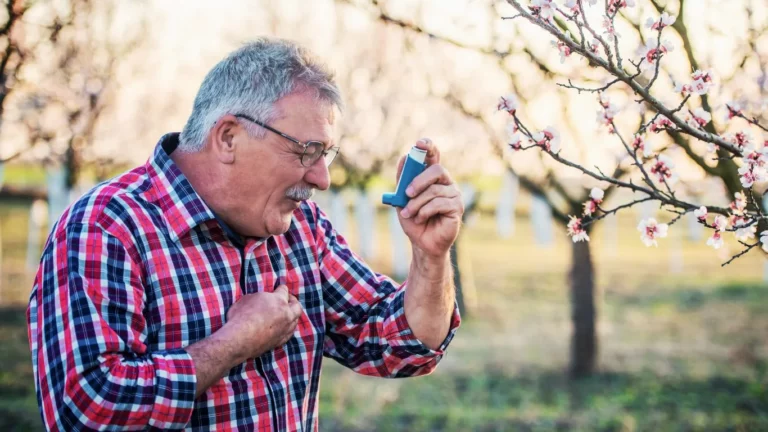How to Manage Rheumatoid Arthritis with Anti-Inflammatory Lifestyle Habits for Better Health
Living with rheumatoid arthritis and anti-inflammatory lifestyle habits is more than just managing pain—it’s about taking back control of your life, one small habit at a time. As a Rheumatology Nurse Practitioner, I’ve had countless conversations with patients overwhelmed by flares, stiffness, and fatigue, wondering if there’s anything beyond medications that can actually make a difference. I’ve also seen firsthand what happens when we start tuning in to our bodies, making simple daily shifts, and putting inflammation in its place. This article is your guide to doing just that—less clinical jargon, more real-world advice that works.
Understanding Rheumatoid Arthritis: More Than Just Joint Pain
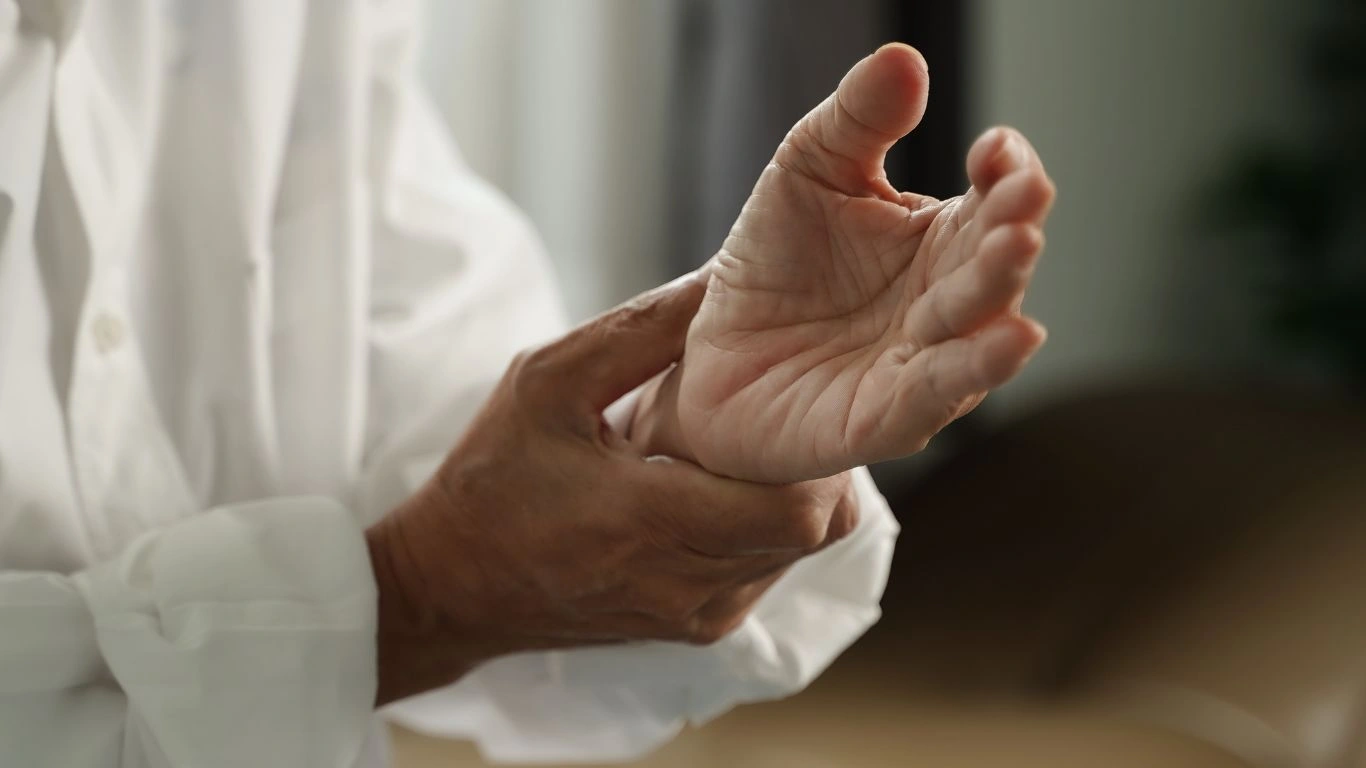
Let’s start with the basics. Rheumatoid arthritis (RA) isn’t just a wear-and-tear condition—it’s an autoimmune disorder. That means your immune system, the body’s defense mechanism, mistakenly attacks your joints, thinking they’re the enemy. The result? Chronic inflammation that can affect not just your joints, but your lungs, eyes, heart, and even skin.
And here’s the kicker: inflammation doesn’t just show up in a blood test. You feel it. It’s that constant stiffness in the morning, that ache that keeps you from sleeping, or that unpredictable fatigue that hits you like a truck. So if your RA has ever made you feel like you’re fighting an invisible war—you’re not imagining it.
How It Really Feels (From Patients and My Own Observations)
I can’t tell you how many times someone has looked me dead in the eyes and said, “I feel like I’m falling apart, but everyone says I look fine.” And that right there is one of the cruelest parts of RA—it’s often invisible. But trust me, as someone who’s walked this path with hundreds of patients, your pain is real, your fatigue is valid, and your journey matters.
Over the years, I’ve found that the patients who thrive are the ones who become their own best advocates. Yes, medication helps. But when we start layering in the right lifestyle shifts—especially those that target inflammation—it’s like everything starts working better. I’ve seen it happen again and again.
Why Anti-Inflammatory Lifestyle Habits Matter
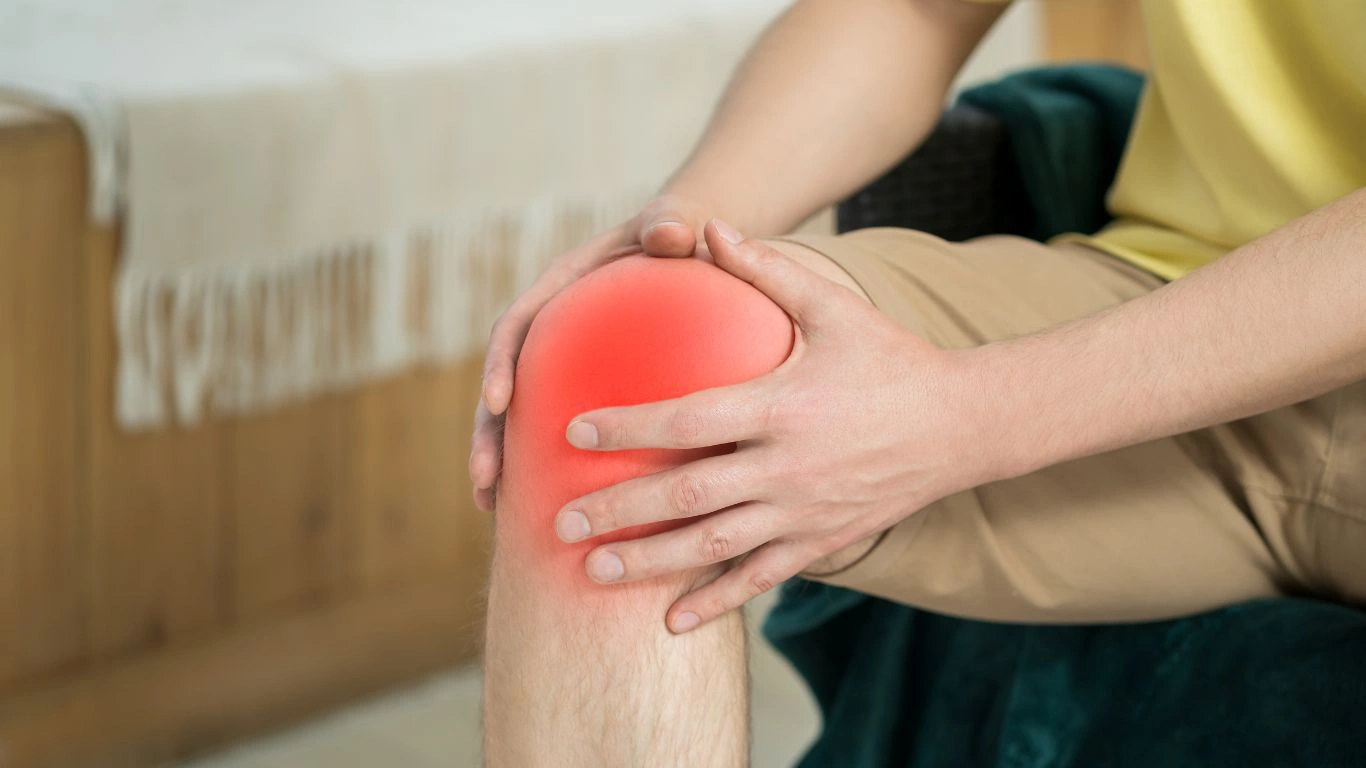
So, what exactly is an anti-inflammatory lifestyle? At its core, it’s about making daily choices that help calm the body’s immune response instead of firing it up. When you have RA, every inflammatory trigger matters—from the food you eat to the stress you carry to how often you move your body.
Think of it like this: your immune system is like a smoke detector. When it’s working right, it protects you. But with RA, it’s hypersensitive. Lifestyle habits are like dialing down that sensitivity, so you’re not living in constant “fire alarm mode.”
Here’s What That Looks Like in Practice:
- Eating foods that fight inflammation: Think omega-3 rich fish, colorful veggies, berries, olive oil, and nuts.
- Staying active—but smart: Regular low-impact movement like walking, swimming, or yoga can reduce joint stiffness without overloading your body.
- Prioritizing rest: Quality sleep isn’t a luxury—it’s therapy for your immune system.
- Managing stress: Mindfulness, deep breathing, or even just setting boundaries with people who drain your energy can do wonders.
- Keeping a regular routine: Your body loves rhythm. Meals, meds, movement—all of it counts.
Let me pause here and say—I get it. Changing your routine when you’re already exhausted and hurting feels like a big ask. But this doesn’t have to be all-or-nothing. Small changes add up, and honestly, the best plan is the one you’ll stick with. Even swapping out inflammatory foods or adding a 10-minute walk post-dinner can start to tip the scales in your favor.
The Food Connection: Fueling Your Body, Fighting Inflammation

If there’s one thing I always bring up in appointments, it’s the gut-joint connection. More and more research shows that what we eat influences not just our gut health, but also our immune function—and by extension, our RA symptoms. The bacteria in our gut (aka the gut microbiome) play a role in regulating inflammation, which means your diet can either calm or crank up your RA flares.
Top Anti-Inflammatory Foods I Recommend to My Patients
- Fatty Fish (like salmon, mackerel, sardines): Packed with omega-3s, which are known inflammation fighters.
- Leafy Greens (spinach, kale, chard): Full of antioxidants and fiber, great for joint and gut health.
- Berries (blueberries, strawberries, raspberries): These little guys are loaded with antioxidants and help reduce oxidative stress.
- Turmeric: Its active compound, curcumin, has powerful anti-inflammatory properties. Add it to teas, soups, or even golden milk lattes.
- Extra Virgin Olive Oil: A staple in the Mediterranean diet, this oil contains oleocanthal, which acts similarly to ibuprofen in the body.
I usually encourage patients to experiment with an anti-inflammatory meal plan for just 2-3 weeks to start. It’s amazing how quickly some folks notice changes—less morning stiffness, more energy, even clearer skin. And if you’re thinking, “Wait, this means cutting out pizza and wine nights?” Not entirely! This is about balance, not restriction. I’m all for a slice or a sip every now and then—just not at the expense of your joints.
Movement That Heals: Why Gentle Exercise is Key

Let’s talk movement—yes, even when you’re stiff, achy, and not exactly in the mood to hit the gym. One of the most common questions I get from patients is, “Should I be exercising when I’m in pain?” And I get it. When your joints feel like they’ve been wrapped in barbed wire, the idea of moving them sounds… well, ridiculous. But here’s the thing: motion truly is lotion when it comes to rheumatoid arthritis and anti-inflammatory lifestyle habits.
Now, I’m not saying you need to train for a marathon or hit CrossFit five days a week. I’m talking about gentle, joint-friendly movement that keeps circulation flowing, strengthens muscles around those tender joints, and helps your body manage inflammation more efficiently. Trust me—when done right, exercise can actually reduce flare severity and improve function.
What Kind of Movement Works Best for RA?
- Walking: Simple, effective, and easy on the joints. Even a short daily walk can boost mood and mobility.
- Swimming or Water Aerobics: Absolute gold for RA. The buoyancy reduces joint stress while still giving you a full-body workout.
- Yoga or Tai Chi: These aren’t just trendy—they’re backed by research for their ability to improve flexibility, strength, and even reduce stress.
- Stretching: Keep those joints limber and reduce morning stiffness with a 5-10 minute daily stretching routine.
One of my patients, Deb, was super skeptical about yoga at first. She had knee swelling, wrist pain, the whole RA picture. But after trying a gentle, restorative yoga class once a week? Total game-changer. Within a few weeks, she was sleeping better, her stiffness time dropped by half, and she actually started looking forward to moving again.
The Role of Stress in Flare-Ups
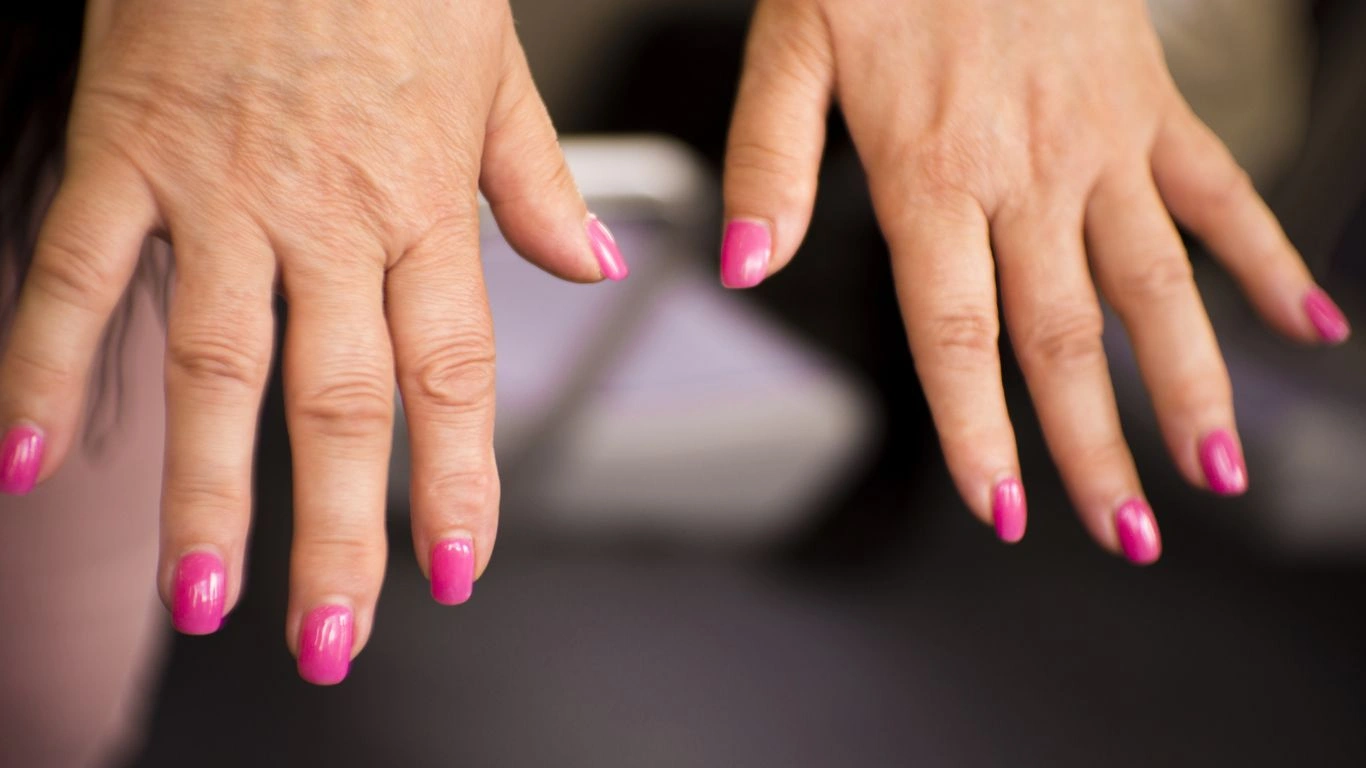
If I had a dollar for every time stress triggered an RA flare in my patients, I’d be writing this from a beach in Bali. But seriously—stress is a sneaky, underappreciated flare trigger that deserves way more attention than it gets. And I don’t mean just “bad day at work” stress. Chronic, unrelenting stress that builds up over time can actually raise inflammatory markers in your body. That means more pain, more fatigue, and more joint destruction if left unchecked.
Your nervous system and immune system are constantly chatting behind the scenes. When your brain perceives stress, it tells your body to release cortisol and other stress hormones. In short bursts, that’s fine. But when you’re stressed 24/7, that communication loop gets stuck on high-alert—and your RA symptoms can spiral as a result.
My Go-To Tools for Lowering Inflammation Through Stress Reduction
- Mindfulness Meditation: Even 5 minutes a day can reset your nervous system. I use apps like Insight Timer or Calm personally and often recommend them to patients.
- Deep Breathing Exercises: Inhale for 4, hold for 4, exhale for 6. Do that for a few minutes. It’s like hitting the reset button for your body.
- Spending Time in Nature: Walking outside or just sitting in green space lowers cortisol and lifts mood naturally.
- Therapy or Support Groups: Talking about what you’re going through helps ease emotional weight. Whether it’s professional counseling or a Facebook RA group, don’t isolate yourself.
I once had a patient named Joe, a retired firefighter with a tough-guy exterior, who thought meditation was nonsense—until his daughter made him try a 10-minute guided audio session. Two weeks later, he was doing it every morning and swore it helped his pain. It’s wild what happens when we stop white-knuckling everything and just breathe.
Creating a Sleep Routine That Supports Joint Health

Here’s a not-so-fun fact: poor sleep can actually increase your perception of pain. And guess what’s harder to get when your joints are flaring? Yep—good sleep. This catch-22 is something I run into constantly in clinic. You’re tired, but your joints throb. You finally fall asleep, only to wake up stiff and sore. It’s a brutal cycle. But good news—you can break it.
- Stick to a Schedule: Your body loves predictability. Go to bed and wake up at the same time every day, even weekends.
- Limit Screens at Night: That blue light messes with your melatonin. Try cutting off screens an hour before bed. (Yes, even scrolling IG!)
- Create a Bedtime Wind-Down Routine: Chamomile tea, reading, soft music—whatever helps signal your body it’s time to chill out.
- Make Your Bedroom RA-Friendly: Use pillows to support joints, invest in a weighted blanket if anxiety keeps you up, and keep the room cool and dark.
I had one woman who couldn’t fall asleep because her hands throbbed every night. We worked together on some gentle hand stretches before bed, added a splint for nighttime support, and layered in lavender aromatherapy. Within a month, she was falling asleep faster and waking up less.
Never underestimate the power of rest. When you sleep, your body repairs—everything from inflamed joints to frazzled nerves. It’s not just about feeling less tired; it’s a cornerstone of managing inflammation from the inside out.
Supplements, Support, and Smart Habits That Stick
Alright, let’s touch on something that comes up a lot—supplements. “Do I need them? Are they safe? Which ones are legit?” The answer? It depends. While they’re not magic pills, certain supplements can support an anti-inflammatory lifestyle when used wisely. But please, talk to your healthcare provider (yes, even me!) before adding anything new to your regimen.
Supplements I Often Discuss with Patients
- Omega-3 Fatty Acids: Known to reduce joint pain and stiffness, especially when taken consistently.
- Vitamin D: Low levels are common in people with RA and linked to worse symptoms. Easy fix, but needs monitoring.
- Turmeric/Curcumin: Anti-inflammatory benefits, but look for high-quality versions with black pepper for better absorption.
- Magnesium: Helps with muscle relaxation and can support better sleep and stress relief.
It’s not about loading your cabinet with 20 bottles of stuff. It’s about finding the few that complement your needs and monitoring how you feel. Some people do great with just a few essentials and solid lifestyle tweaks.
And hey—don’t forget about the power of habit. Consistency beats intensity every single time. I’d rather you walk for 10 minutes a day and stretch before bed than go all-in for a week and burn out. Healing isn’t linear, and it sure isn’t perfect. Give yourself grace, but stay in the game. Your joints—and your future self—will thank you.
Building a Sustainable Anti-Inflammatory Lifestyle
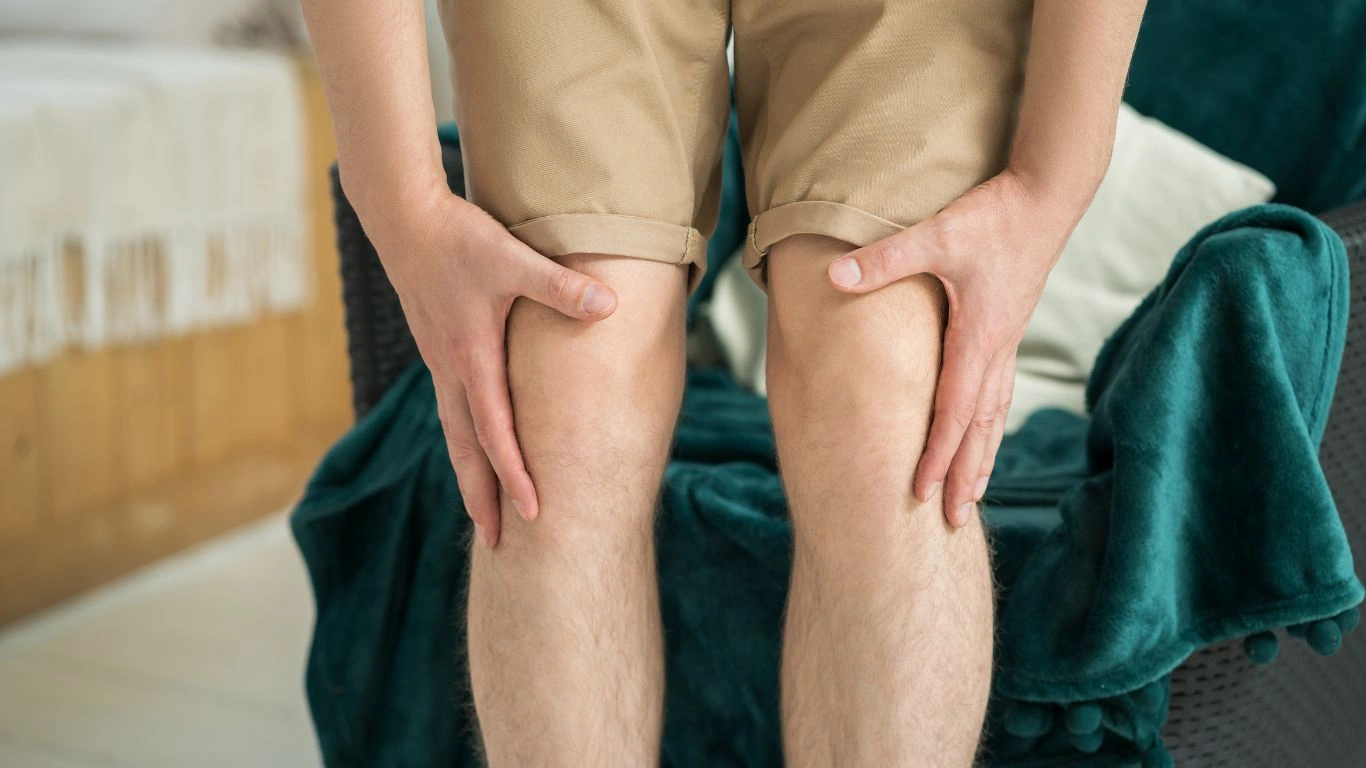
By now, we’ve covered a lot of ground when it comes to managing rheumatoid arthritis and anti-inflammatory lifestyle habits. But the key takeaway from all of this is that no one-size-fits-all solution exists. What works wonders for one person may not be the magic fix for someone else, and that’s okay. This is about finding the right combination of habits and tools that fit your life and your body.
But here’s the trick: it’s not about achieving perfection. In fact, I often tell my patients that consistency beats perfection every single time. A few bad days? That’s normal. Life happens. The real power comes from getting back on track after those inevitable slips. I’ve seen patients make tremendous progress by simply focusing on the next meal, the next walk, or the next mindfulness session. Small, sustainable changes lead to long-term results.
How to Set Yourself Up for Success
Here’s the reality: it’s easy to get overwhelmed by the idea of completely overhauling your lifestyle. And I’m not suggesting you throw out everything you know and start fresh tomorrow. No, no—small steps are your friend here. The goal isn’t to change everything overnight; it’s to make gradual improvements that stick.
One thing I’ve seen time and time again is that those who are most successful with managing their RA through lifestyle changes don’t do it alone. They seek out support, whether it’s from family, friends, a support group, or a professional. When you’re not doing this on your own, it’s easier to stay accountable and motivated.
Set realistic goals, and don’t be afraid to ask for help. Sometimes, the act of writing down your goals—like “I’ll aim for a 15-minute walk three times a week” or “I’ll cut back on inflammatory foods”—can be a huge first step. Celebrate those wins, no matter how small, because they’re paving the way to a more comfortable future.
Staying Motivated on Tough Days

Let’s get real: there are days when RA gets the best of you. Your joints hurt. You’re exhausted. The idea of making an effort to eat right or exercise might seem like an impossible task. And that’s okay. It’s important to give yourself grace and not to fall into the trap of self-blame.
One thing I always remind patients is that even the smallest effort counts. On days when you just can’t handle a full workout, maybe you take a short walk or do some stretching in your chair. On days when meal prep feels like a mountain, maybe you opt for a simple, anti-inflammatory snack like some almonds and blueberries. Progress is progress—no matter how tiny.
And when motivation is low, I always recommend going back to your “why.” Why did you start focusing on lifestyle changes in the first place? Was it to feel less pain? To have more energy to play with your grandkids? To get a better night’s sleep? Whatever your reason, remind yourself that this journey is worth it—even on the tough days.
The Power of a Positive Mindset
Sometimes, RA doesn’t just affect your body—it takes a toll on your mind too. It’s easy to feel discouraged when you’re dealing with pain and fatigue on a regular basis. But here’s a little secret: your mindset plays a huge role in your ability to manage RA. It’s about focusing on what you can control, rather than what you can’t.
There’s a concept called the mind-body connection, which is essentially the idea that your thoughts, emotions, and mental state can influence physical health. When you’re constantly stressed, anxious, or negative, your body reacts with more inflammation. But when you foster positivity, gratitude, and hope, your body can respond with less pain and more resilience.
I’ve had patients who, despite their physical struggles, managed to thrive by embracing a positive mindset. They found ways to shift their focus from what was going wrong to what was going right—even on the hardest days. It’s not about being in denial or pretending everything is fine. It’s about finding the strength to keep going, even when things feel tough.
References and Further Reading
If you want to dive deeper into the science behind rheumatoid arthritis and anti-inflammatory lifestyle habits, there are plenty of reputable resources available. Some of my go-to references include:
- National Institutes of Health (NIH) – The NIH is a trusted source for the latest research on autoimmune diseases and RA.
- Health.com – A great resource for practical advice on managing health conditions like RA.
- Centers for Disease Control and Prevention (CDC) – The CDC offers insights into autoimmune conditions and public health guidelines.
Disclaimer
While I’ve shared insights based on my experience as a Rheumatology Nurse Practitioner, it’s important to note that this article is for informational purposes only. Please consult with your healthcare provider before making any significant changes to your diet, exercise routine, or medication plan. Everyone’s experience with rheumatoid arthritis is unique, and what works for one person may not be suitable for another. Always follow the guidance of your medical team when making health decisions.
Managing rheumatoid arthritis is a lifelong journey. It’s not always easy, but it’s absolutely possible to live well and minimize the impact of RA on your life. Stay consistent, be kind to yourself, and remember that every step forward—no matter how small—is a step toward feeling better.

Tarra Nugroho is a dedicated Nurse Practitioner with a strong foundation in family and preventive care. She brings both compassion and clinical expertise to her practice, focusing on patient-centered care and health education. As a contributor to Healthusias.com, Tarra translates medical knowledge into clear, empowering articles on topics like women’s health, chronic disease management, and lifestyle medicine. Her mission is simple: help people feel seen, heard, and informed—both in the clinic and through the content she creates. When she’s not caring for patients, Tarra enjoys weekend hikes, plant-based cooking, and curling up with a good health podcast.



